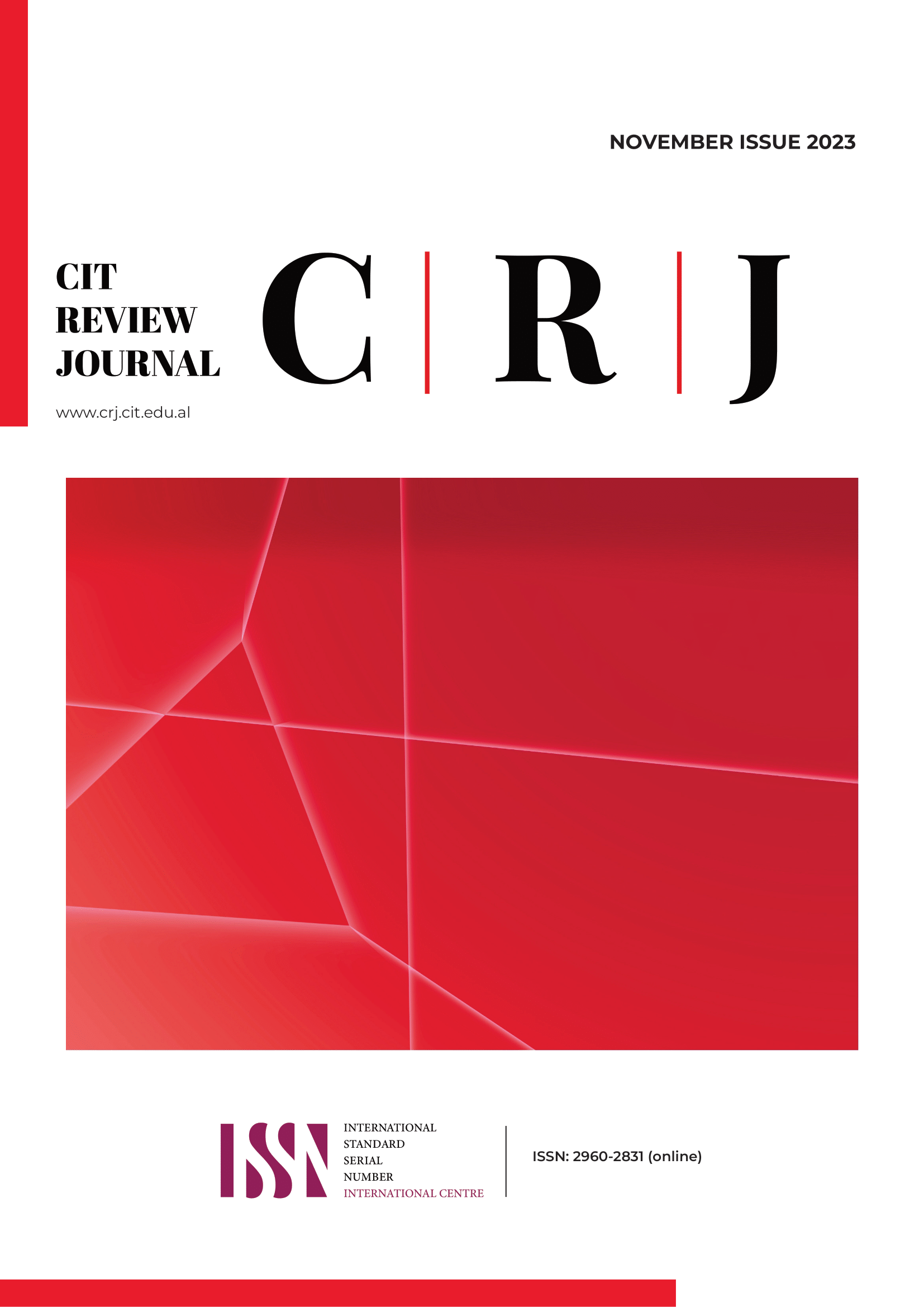Article Types
Articles are categorized based on the type of content they contain, letting readers understand exactly what they might anticipate (e.g., original research, editorial, opinion). In order that replication is possible, authors ought to publish comprehensive studies. Manuscripts that are not complete may not be suitable for peer review.
Article
Original research manuscripts use rigorous scientific methods to present important new information. They have a minimum word count of 4000, an abstract, keywords, an introduction, sections on materials and methods, results, discussion, and conclusions, as well as pertinent citations.
Opinion
Opinions are short papers that express the author's viewpoints on a particular topic, method, or recent advancement. They aim to shed light on the advantages and disadvantages of the subject under discussion. 2000 words is the suggested bare minimum.
Review
Reviews thoroughly examine the published literature in a field to spot gaps and problems. They offer suggestions for additional research as well as constructive criticism. A minimum word count of 4000 in a structured format is advised.
Systematic Review
Systematic reviews thoroughly examine prior research on a particular topic by using search criteria to gather, analyze, and present aggregated evidence. A dedicated Methods section is recommended, and a minimum word count of 4000 is suggested.
Useful Resources for Authors
Microsoft Word Paper Template is available. You can access the Microsoft Word paper template by downloading it from this link.
General Peer-Review and Editorial Procedure
A thorough peer-review process is applied to every manuscript submitted to our journal. An editorial pre- check is conducted by the Editor-in-Chief after the technical pre-check by the managing editor. Authors are asked to make changes in response to peer reviews, which are carried out by at least two independent experts. Accepted articles are subject to copyediting and English editing, with the Editor-in-Chief having the final say.
Editorial Decision and Revision
At least two review reports are provided for every manuscript that is published in the CIT Review Journal after thorough peer review. Authors are informed of the following decisions: acceptance in the submitted form, acceptance following minor revisions (with a five-day revision period), reconsideration following major revisions (with two rounds of revision permitted), or outright rejection in the event that the article contains significant errors and lacks original content. The Managing Editor works with authors at every stage of the process to ensure thorough analysis and prompt revisions.


